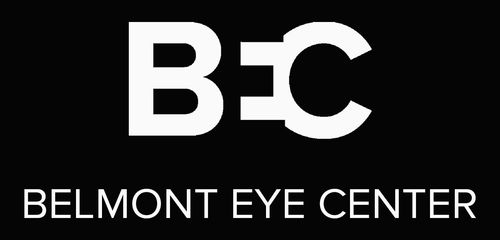Imagine preserving your vision with a simple injection—one made of gold. It might sound futuristic, but recent research suggests it could one day become a reality.
A groundbreaking new study from Brown University reveals that tiny gold nanoparticles, combined with infrared light, could restore vision lost to age-related macular degeneration (AMD) and other retinal diseases. This new approach could revolutionize how we treat vision loss—without invasive surgery or genetic modification.
How the Treatment Works
In this innovative technique, ultra-fine gold nanoparticles—thousands of times thinner than a human hair—are coated with antibodies that specifically target damaged cells in the retina. These particles are then gently injected into the vitreous chamber, the gel-like space between the lens and the retina.
After injection, a small infrared laser is used to activate the nanoparticles. This process stimulates the retina in much the same way healthy photoreceptors naturally respond to light. In animal studies, researchers envision this laser device being embedded in a wearable pair of glasses in the future, offering a non-invasive, user-friendly treatment method.
Promising Results in Early Studies
In tests with mice genetically engineered to have retinal degeneration, this gold-based therapy showed significant improvements in vision. Even more encouraging, the nanoparticles remained safely in the retina for months without causing toxicity or major side effects.
Researchers observed that:
-
Vision was partially restored in mice.
-
The nanoparticles successfully bypassed damaged photoreceptors.
-
No surgical implants or invasive procedures were needed.
“This is a new type of retinal prosthesis that has the potential to restore vision lost to retinal degeneration without requiring complicated surgery or genetic modification,” explains Jiarui Nie, biomedical engineer and lead author of the study.
Why This Matters for AMD and Beyond
Age-related macular degeneration affects millions globally and remains one of the leading causes of vision loss as we age. Current treatments can slow progression but don’t reverse damage. Retinitis pigmentosa and other retinal degenerative diseases face similar challenges.
This new gold nanoparticle method offers several key advantages:
-
Minimally invasive: No need for major surgeries or implants.
-
Longer retention: Gold particles stay active in the retina for months.
-
Potentially broader field of vision: Compared to traditional prosthetic implants.
What’s Next?
While the results are exciting, it’s important to remember that human trials are still down the road. More research, refinement, and rigorous testing will be needed to ensure this therapy is safe and effective for clinical use.
However, this discovery represents an important leap forward. It’s part of a growing wave of research exploring high-tech solutions to vision loss, from cellular reprogramming to wearable retinal prosthetics.
The Belmont Eye Center team will continue to monitor advancements like these closely—and we’re committed to bringing the very latest options to our patients as they become available.
Sources:
-
ACS Nano, 2025.
-
Study by Brown University Researchers.
Interested in the latest breakthroughs in vision care?
Schedule a consultation with our team today at Belmont Eye Center and stay ahead of tomorrow’s treatments.
